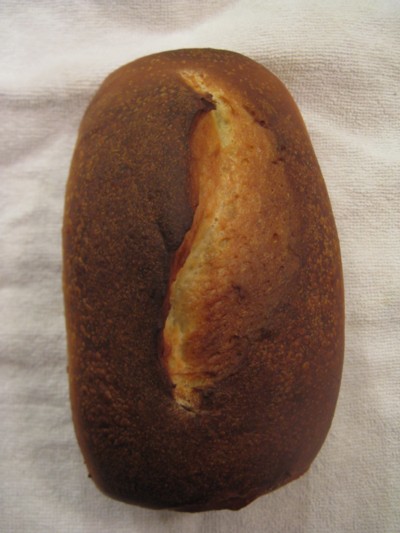Ciabatta ... an attempt
Hello,
I've seen so many beautiful loaves here on TFL, with beautiful open crumb. When making dough by hand I know I'm adding too much flour to overcome stickiness when kneading. Guess what? No holes. I have shied away from the really wet doughs not really knowing how to handle them.
I recently saw a video by Richard Bertinet where he demonstrates his method for working sticky dough:
http://www.gourmet.com/magazine/video/2008/03/bertinet_sweetdough
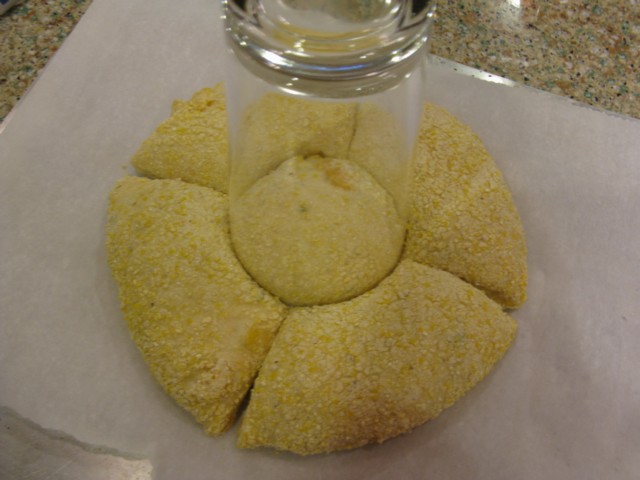
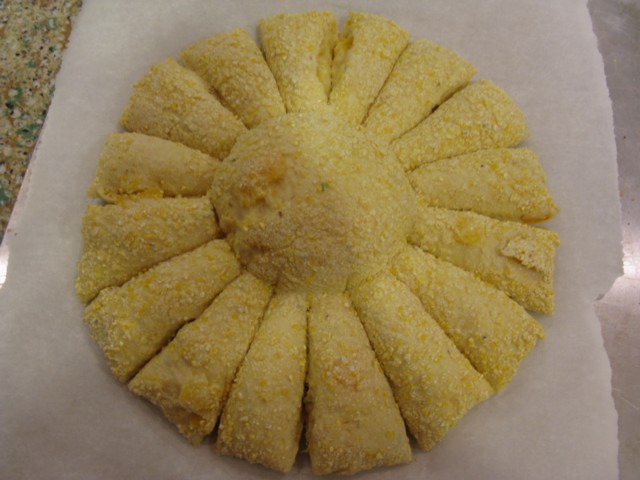
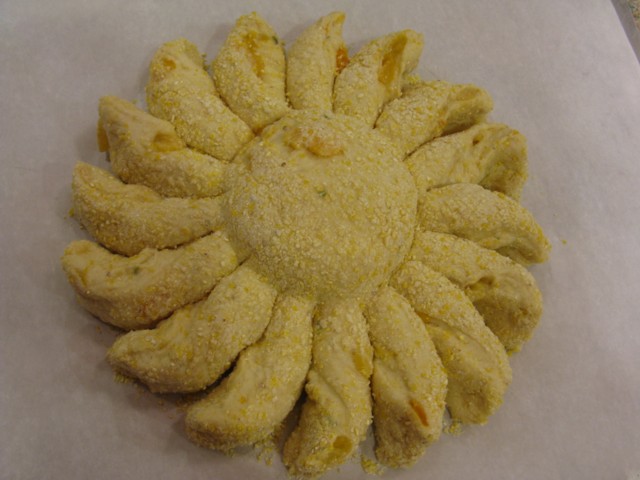
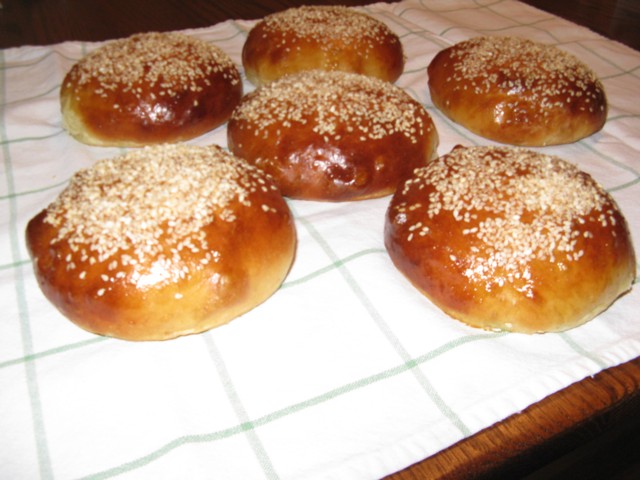
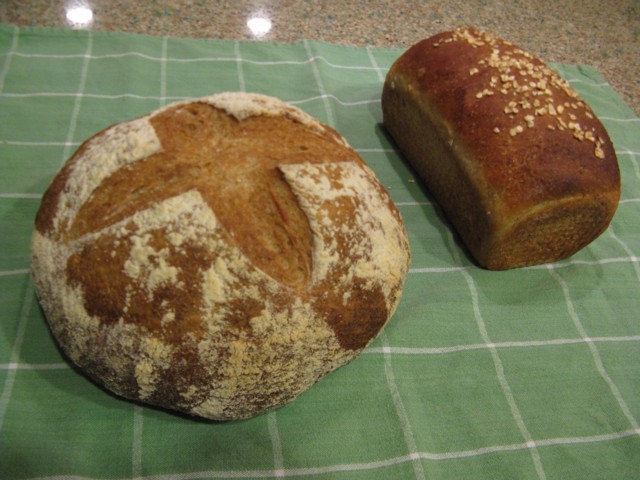
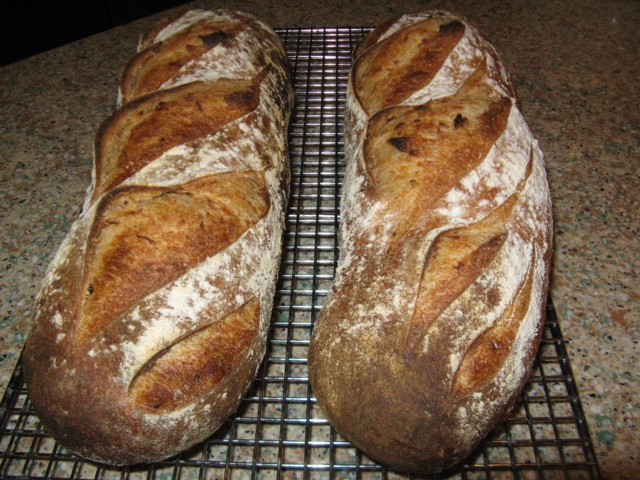
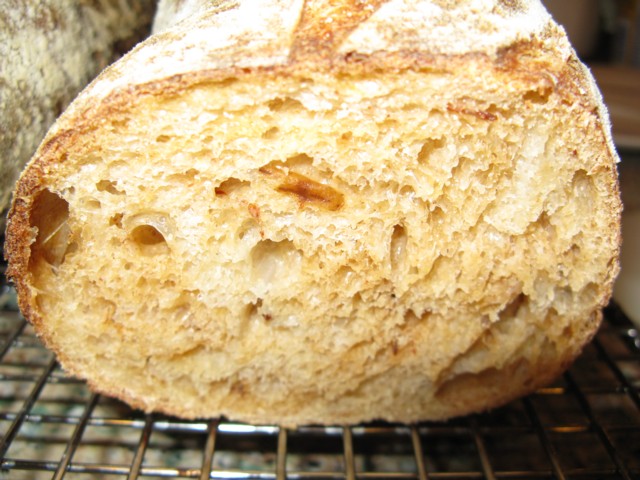 Hello,
Hello,